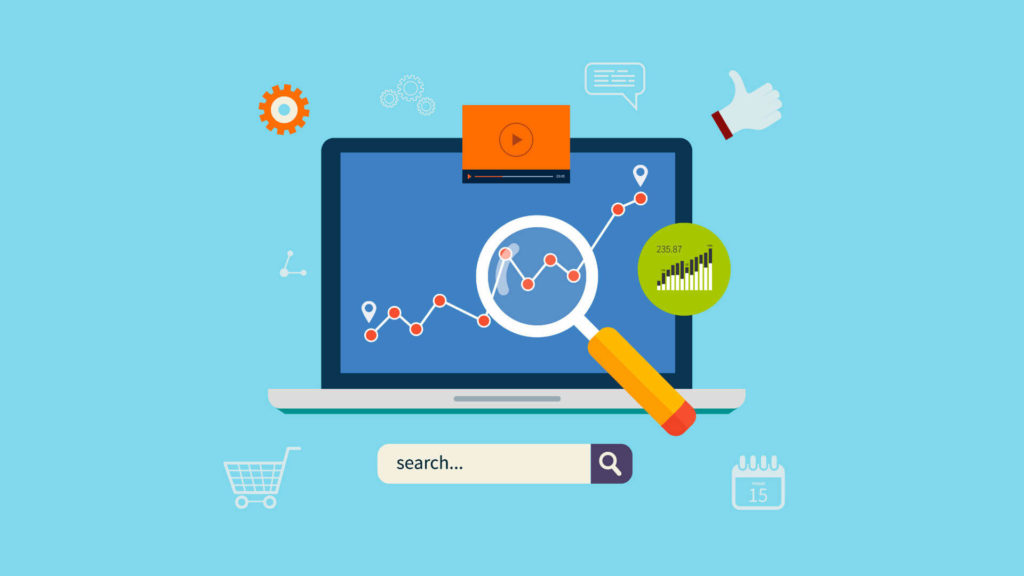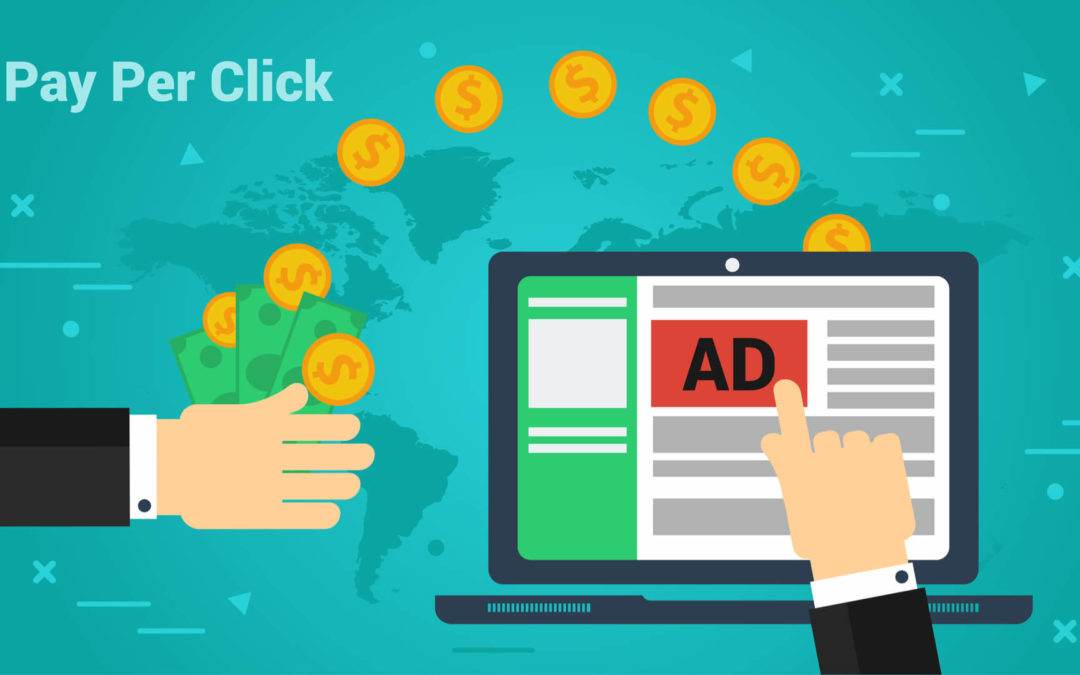How To Acquire Qualified Traffics Using Pay Per Click (PPC) Ads
In the digital marketing world, landing pages are the bread and butter of every businesses conversion strategy. After the users chose to interact with your link display on certain search engines, it is the display of the landing page, that will capture their attention and drive for engagements. However, not all traffic to a website can be count as the same – they will need to be pre-qualified.
Businesses can attract lots of traffics without any of them having strong enough engagements to turn into warm leads or most importantly sales conversions. On the other hand, some may barely get any, yet a large percentage of them will convert. This boils down to the quality of leads, which is defined through understanding the driving force of each specific user groups’ engagement – that is the process of qualifying & pre-qualifying your leads.
Currently, the best way to acquire a qualified lead is through Pay per Click Ads via Google Ads or other Search Engine Marketing (SEM).

This article will offer you two simple steps into the basics of Google Ads Campaign:
First step: Design an Google Ads campaign
Dependent upon the objective of each campaign, in this case, let’s assume that the ultimate goal is to acquire a warm lead for your product or service, you must create an ads campaign following the fundamental structure laid out below
– Demography
- Pay detail attention to who you are planning to advertise to: know who your customer is, their typical profile, what types of keywords they might search for to do the research for the product or services that they want to acquire
- A campaign can have many ad groups: Dependent on the scope of a campaign; it may contain any ads group to appeal to different demography and their behaviour.
– Thematic Assumption for each Ads Group
- Only use a Broad match or exact match keywords: however, it must be noted that at time exact match keywords to your campaign may be a lot more costly to advertise on rather than broad match keywords
- Keywords in each ad group must exhibit a correlative relationship or an alignment as bulk traffic from each ads group should not be too convoluted with other ads group
- Be targeted, be in focus: never spray gun your ads campaign, start with maybe 5-10 targeted keywords to drive the initial traffic flow
- Avoid branded keywords: unless it is your own brand campaign, or it is a strategy to do so. Otherwise, it will usually cost you a lot for other businesses ‘branded keywords campaign.’
– Relevant Ads is key. Do not engage in ‘spray gun’ strategy
- A small number of keywords should be assigned to each ad. Be focus on what demography you want to push to
- Do research on highly relevant keywords for your business, then flow down the cost table to see where you can best position yourself
- Start with 2 ads for each Ad Group, always test your ads to see which one is driving the result as the process will at time boil down to the probability
- Display URLs should be similar to keywords
– Focus on the usage of action verbs to create urgency but also to filter out the warm leads and the cold ones
- Terms or groups of terms that contain the term ‘now.’
- Place keywords into ad copy
- Use punctuation mark like “!” when necessary to create emotion to the message
- Simple, clear-cut sentences are your target in every ad

Second Step: Develop a Landing Page
– Create Landing Pages aligned with the intent of the Ad Copy
- Human judges everything within the first 5 seconds they caught the eye on it. It is your job to deliver ‘your value proposition’ within your headlines to your client in that time frame, or their attention will fade out.
- Depends on the complexity of projects, you can either create multiple landing pages for each ad or have a dynamic landing page for each lead as we do at Onsavii
- When you create a landing page for a specific keyword, your relevancy score is higher. A higher scorecard with Google will tell them that you have optimised your landing page to the best level possible, thus driving the bots confidence in your site, commonly results in better ROI for your project.
- This page needs to appeal to the theme of each ad group
- Don’t overuse the keywords in the landing page
- Create copy that appeals to all personality types
- Use relevant video, as that assures further engagement
- Avoid stock images, showing pictures of yourself or employees leads to higher conversions – this is an element of trust creation
– Use a custom domain name for each landing pages associated with the PPC SEM account’s website
- Not doing so will mean that your Landing Page will be disapproved by Google AdWords
- The custom domain is not to be confused by the Ad’s display URL



Recent Comments